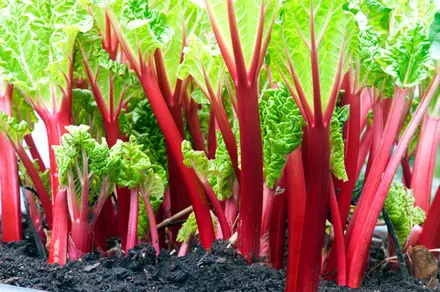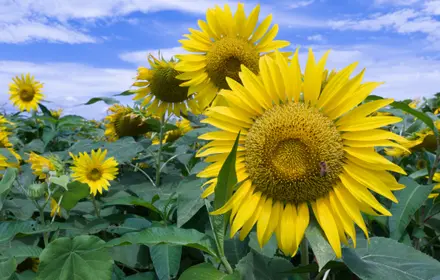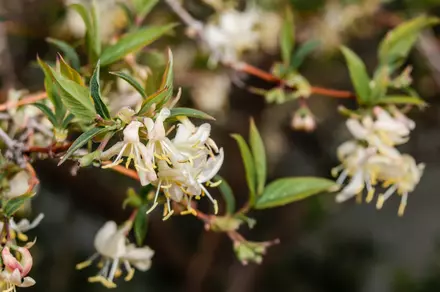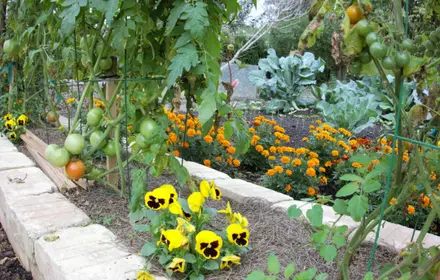I want to grow a vegetable garden. Where do I start?

Do you want to start growing your own vegetables in the garden? Starting a vegetable garden can be a fun and rewarding experience!
How to start a vegetable garden?
Here are the steps to help you get started:
- Choose a location: Select a spot in your yard that gets at least six hours of direct sunlight a day and has good drainage. Make sure the area is level and has fertile soil.
- Plan your garden: Decide which vegetables you want to grow and how much space you have available. You can use a garden planner to help you map out your garden and determine the best placement for each plant.
- Improve your soil: Prepare the soil by removing any weeds and adding organic matter, such as compost or well-rotted manure. Test the soil pH and adjust it if necessary to ensure it is in the appropriate range for your desired vegetables.
- Choose the right plants: Select plants that are well-suited to your climate and soil type. Choose seeds or seedlings, depending on your level of experience and the growing season.
- Start planting: Plant seeds or seedlings at the recommended depth and spacing, following the instructions on the seed packet or plant label. Water the plants thoroughly and regularly
What to plant in the vegetable garden as a beginner?
If you want to start growing your own vegetables, it’s important to plan what you want to produce. You need to choose crops with different growing seasons, so you don’t have to plant and harvest everything all at the same time. As a beginner, you should start with plants that are relatively easy to grow and require minimal care. Here are some vegetables that are great for new gardeners:
- Tomatoes - They are one of the most popular vegetables to grow in a home garden, and they are easy to care for.
- Lettuce - Lettuce is a fast-growing crop that can be grown in pots or directly in the ground.
- Carrots - Carrots are easy to grow and are a great addition to any vegetable garden.
- Bell peppers - Bell peppers are a bit more demanding than the previous three but are still relatively easy to grow.
- Zucchini - Zucchinis are easy to grow and can be planted in a sunny spot in your garden.
- Radishes - Radishes are one of the fastest-growing vegetables and can be ready to harvest in just a few weeks.
- Green beans - Green beans are another easy-to-grow vegetable that can be grown in pots or directly in the ground.
It is important to remember to choose plants that are appropriate for your area's climate and growing conditions and to follow the specific planting and care instructions for each vegetable you choose.
What do I need to start a vegetable garden?
Starting a vegetable garden requires some basic tools and materials. Here is a list of the most important items you will need:
- A plot of land - Choose a sunny spot in your yard that has good soil and is easily accessible.
- Soil - You will need to amend the soil in your garden plot to ensure it is suitable for growing vegetables. You can either purchase pre-made garden soil or amend your existing soil with compost or other organic matter.
- Seeds or seedlings - You can start your garden from seeds or buy young plants that are already
What tools do I need for a vegetable garden?
Here is a list of some essential tools you will need to start a kitchen garden:
- Garden fork - For loosening, turning over soil, and breaking up clumps.
- Shovel - For digging holes, moving soil, and planting.
- Rake - For smoothing and levelling soil and removing debris.
- Hoe - For weeding and cultivating the soil.
- Pruning shears - For trimming and shaping plants.
- Garden gloves - For protecting your hands from cuts, blisters, and dirt.
- Watering can or hose - For watering your plants.
- Garden trowel - For digging small holes and transplanting seedlings.
- Hand weeder - For removing weeds from between plants.
- Garden ties or stakes - For supporting taller plants.
You can purchase these tools individually or as a set. You can also buy high-quality tools that are durable and long-lasting or more affordable options that will still get the job done.



